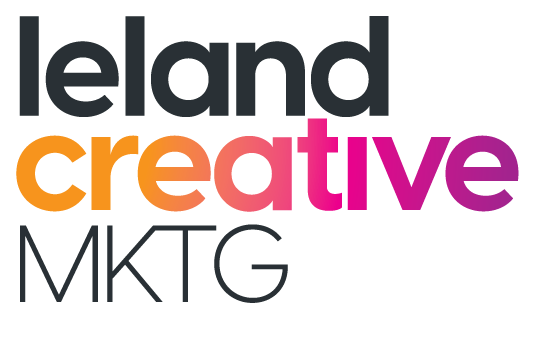How Color and Typography Influence Consumers
How Color and Typography Influence Consumers
Color and typography are two of the first features people notice in advertising, andthose two elements can set the tone for your entire brand.
For example, fonts with serifs give a sense that a brand is established, while sans serif fonts make a brand seem more casual and modern.
This infographic from MDG Advertising explores how consumers view a brand based on its colors and typography and how marketers can make the best design decisions for their brands.
Design Matters: What Marketers Need to Know About Color andTypography
If you see a Coca-Cola can next to a Pepsi can it's immediately clear that color andtypography are powerful marketing tools. The distinct fonts and red versus blue backgrounds quickly differentiate what are two very similar products.
However, while the general importance of design is understood by most marketers, the specifics of what truly matters remains murky. Too often brands encounter grandclaims such as Red is bold! or Helvetica is bad!, based mostly on opinion or small samples, rather than basing it on good data.
So, what does the reliable science say? What are the key things marketers need to know about how color and typography influence consumer behavior?
Recently, MDG Advertising went through a host of research to find out.
The Impact of Color
While marketers intuitively grasp that color matters, many don't get how powerful it truly is. Put simply: most people are visual creatures and they rely on color to an extraordinary degree.
Research on consumers' first reactions to new products has found:
62% - 90% of a person's initial assessment of a product is based on color alone
What exactly does color do? For brand owners, it serves two important purposes:
Color differentiates your brand and products
Color sparks emotion when seen by consumers
The Influence of Typography
Compared with design elements such as color, typography tends to get less attention from marketers. That's a big mistake, since good - or bad - typography can have a major impact.
In a study done by the Massachusetts Institute of Technology, one group of people was shown an article with a clear font and good spacing, while a second group was shown the same article with a hard-to-read font and poor spacing.
The results?
Good typography makes readers more engaged as people find text easier to read and feel more in control while reading
Good typography puts readers in a better mood as people have a positive reaction that is similar to watching a humorous video
To learn more, click here to view the infographic Design Matters: What Marketers Need to Know About Color and Typography.

